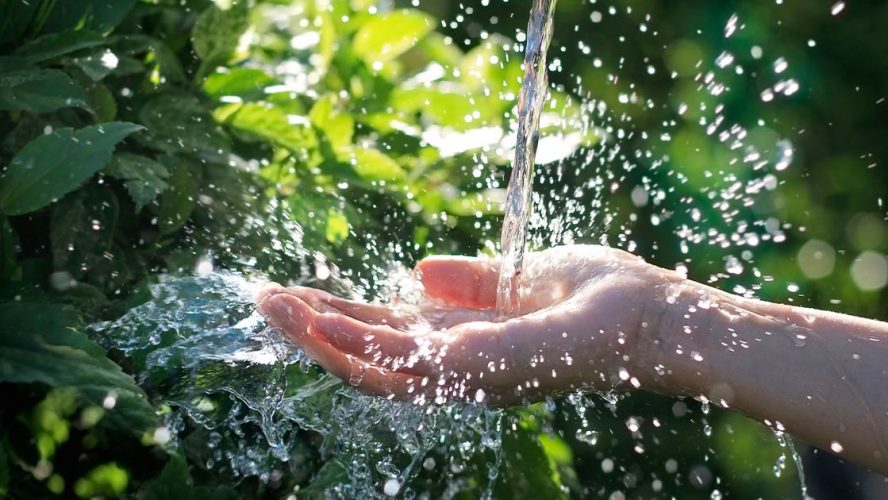Water is synonymous with life – from offering basic nourishment to acting as the foundation for commercial agriculture. It’s linked with our ability to remain healthy and productive – or put more powerfully: to keep on living. We’re surrounded by water, but that proverbial tide is quickly taking a turn for the worse.
Scientists have estimated that by 2030 – only slightly more than a decade from now – the gap between expected water withdrawal and existing supply has the potential to reach as high as 40 percent, a harrowing proposition for the world’s population.
But isn’t the Earth composed of mostly water? True, the surface of our admittedly blue planet is 75 percent water, but only two percent of that resource is freshwater – and an astonishing 70 percent of our freshwater supply is used to support agricultural production. That type of discrepancy definitively points to an imbalance, an unsustainable system. These facts demand a new solution and innovation that can remedy a seemingly insurmountable challenge.
Does a viable solution to water scarcity exist? I believe it does.
The logical starting point to addressing the problem is going to the source: agricultural production methods that account for most of the world’s freshwater usage. Historically, growers, farmers, and producers have relied upon flooding to irrigate their valuable crops and properties. Flooding has a water-use efficiency of less than 40 percent, underscoring how ineffective the practice is in relation to water consumption.
The world needs a smarter way to safeguard its water supply. Drip irrigation provides water-use efficiency of more than 95 percent. That translates to a water-use reduction of more than 60 percent over traditional flooding methods. It is also a more effective water management solution than sprinkler systems, which literally don’t get to the root of the issue as a drip system does.
But today’s producers face many pressures beyond dramatic climate shifts. They need to grow and deliver produce that is safe for end consumers, free from pests and disease, with zero chemical residues. Crops need to support a growing and more demanding population with higher expectations, sophistication, and knowledge of food sources and production methods than previous generations. While the populations grow, producers must find new ways to derive more from the same plot areas all the while reducing their overall water use. Growers face not only legal action for failing to deliver crops in accordance with tighter regulations, but need to manage the demands of a diverse food chain with different crop requirements. To address this intricate and challenging issue, Bayer introduced DripbyDrip, a sustainable system that combines drip technology and crop protection expertise to advance today’s farming practices.


Hi, this is a comment.
To get started with moderating, editing, and deleting comments, please visit the Comments screen in the dashboard.
Commenter avatars come from Gravatar.